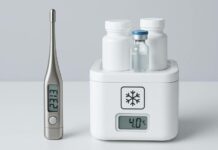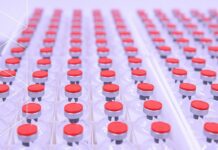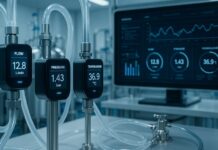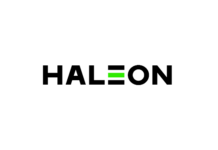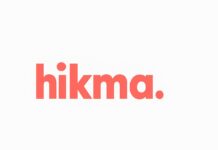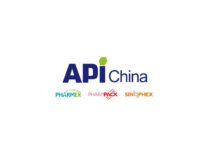Driven by an increasing frequency of chronic diseases and a demand for automation in healthcare, the market for pharmaceutical robots is set for amazing expansion. Valued at $177.9 million in 2022, this market is predicted to rise at a compound annual growth rate (CAGR) of 10.3%, thereby reaching an amazing $426.8 million by the end of 2031.
The Automaton Revolution: An Other Age in Healthcare
By automating once tedious and time-consuming vital tasks, pharmaceutical robots are transforming the healthcare sector. From drug development and packaging to dispensing and quality monitoring, these highly advanced systems are meant to manage a spectrum of activities. Improving efficiency, accuracy, and safety will help pharmaceutical robots solve important problems in the drug production process and offer significant advantages all throughout the healthcare industry.
Automation in drug development activities including formulation, mixing, and dispensing guarantees better accuracy and lowers the danger of contamination. Maintaining a sterile environment and essential for the manufacturing of premium medications, robotic systems are absolutely vital.
Automated packaging and distribution solutions help to simplify drug delivery logistics, therefore guaranteeing safe and effective handling and transportation of drugs.
Personalised medicine and patient care: Personalised medicine is more important now as chronic diseases such cancer, diabetes, and cardiovascular disorders are rising. Customised drugs are produced with help from pharmaceutical robots, therefore improving patient care and treatment results.
Chronic Conditions Affect Market Growth
One major driver of the market for pharmaceutical robots is the rising frequency of chronic disorders. Chronic diseases such diabetes, heart disease, cancer, and respiratory problems call for continuous medication and exact therapy. Demand for automated solutions in drug development and delivery rises as the world population ages and lifestyle-related disorders grow more widespread.
World Health Organisation statistics on chronic diseases show that noncommunicative diseases (NCDs) account for almost 74% of all fatalities worldwide; cardiovascular diseases lead the count. More vital than ever is the requirement of efficient and effective drug control mechanisms.
Increase in Demand for Automation
The pharmaceutical scene is being changed by the push towards automation in healthcare. Optimising drug development processes and enhancing patient care, advanced robotic systems coupled with artificial intelligence (AI) and machine learning are These developments are improving output, lowering hand-made mistakes, and guaranteeing better drug management safety standards.
Technological Advancements: Pharmaceutical logistics is being transformed by the way smart technology and automated drug delivery solutions are being combined. These systems are used to keep a regulated environment, reduce pollution hazards, and simplify inventory control.
Asia Pacific: Leading Region in Pharmaceutical Robotics
In the market for pharmaceutical robots, Asia Pacific has become rather prominent. Market expansion in the area is driven by increased need for pharmaceutical items as well as improvements in healthcare infrastructure. Thanks in great part to nations like China and Japan, the area is leading in industrial robot adoption and capacity building.
Demand for chronic illness management solutions is driven by Asia Pacific’s fast ageing population and forecasts showing that the number of persons aged 60 years or above will quadruple by 2050.
Important Industry Participants and Novelties
Leading players in the pharmaceutical robot market is funding R&D to keep ahead in this ever-changing sector. Leading technological innovators in companies including Kawasaki Heavy Industries, FANUC Corporation, Kuka AG, and ABB concentrate on including the most recent developments into their robotic systems.
Recent developments: ABB teamed with XtalPi in December 2023 to introduce China’s automated laboratory workstations. Through biopharmaceuticals, chemical engineering, and new energy materials, this cooperation seeks to improve production in research and development.
UChicago Medicine used Noah Medical’s Galaxy robot technology for bronchoscopies in May 2023, therefore greatly enhancing early lung cancer diagnosis and patient outcomes.
Market Trends and Future Prospects
Driven by technical improvements and the growing demand for automation in drug development and patient care, the market for pharmaceutical robots is set for notable expansion. Key actors are always developing, and areas like Asia Pacific are leading the way; so, the future of pharmaceutical robots seems to be fascinating and transforming.
Pharmaceutical robots will always be vital in improving healthcare as the sector develops as they guarantee that medication development procedures are more patient-oriented, precise, and efficient. Further developments driven by the continuous investment in robotic technology and automation will make the market for pharmaceutical robots a major focus of innovation in the next years.



